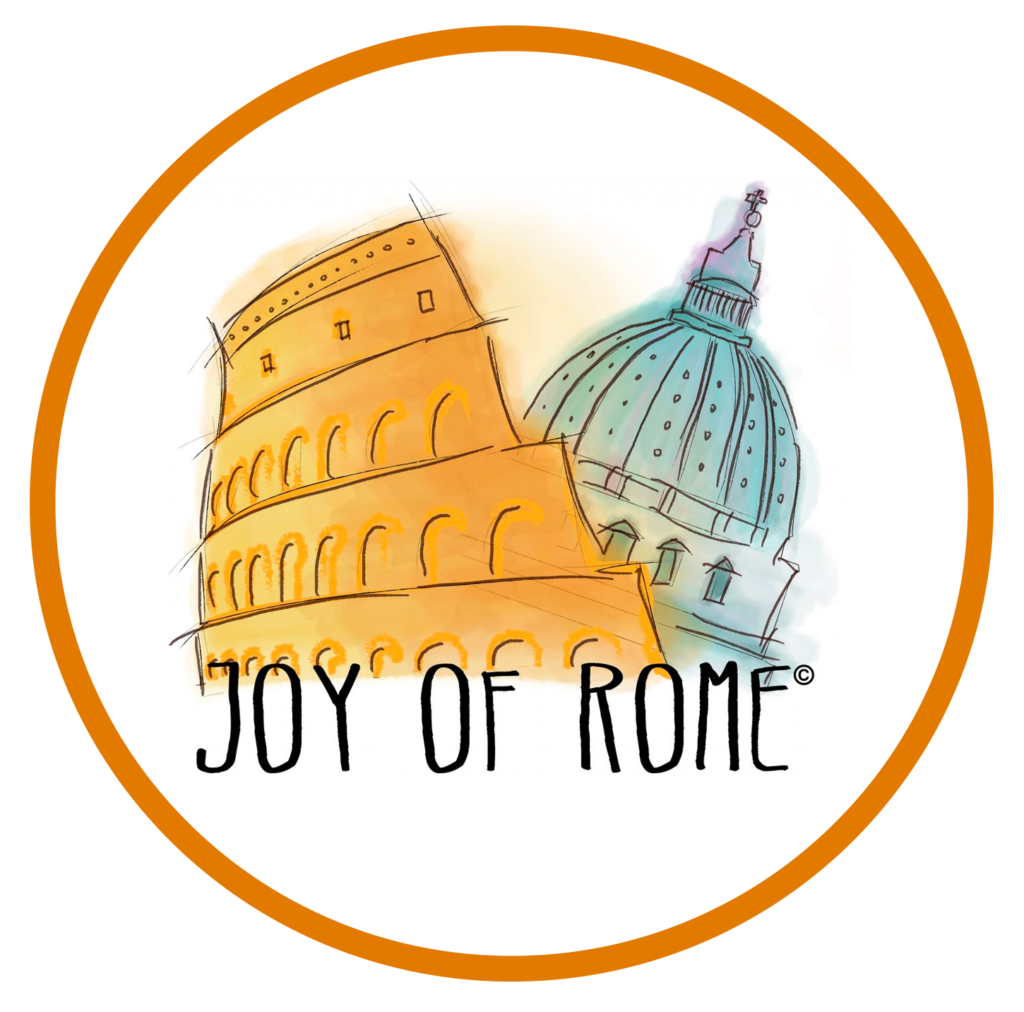Veer off of the beaten track, and onto the cobbles less traveled on your own Roman walking tour of Piazza Vittorio. Discover markets and magic in the city’s largest square.
As a visitor to the Eternal City, it’s easy to be drawn to its cultural titans.
The Colosseum, Vatican, Pantheon, Piazza Navona, Trevi Fountain, and the Spanish Steps are but samples of Rome’s heavyweight tourism champions. People the world over flock to them to be dazzled by their enduring presence, and stroll away with choice images to post on Instagram.
While these treasures hold indisputable historical significance (and a lot of ‘Like’ potential for those who are social media savvy), they do not offer a definitive experience of Rome.
Wander off of the beaten cobbles and head to Piazza Vittorio, one of Rome’s most popular squares and a burgeoning presence of multiculturalism.
Many a Roman walking tour will feature well-known sites in the historical centre of the city. However, veering off into the more urban parts of town unearths a modern appreciation that traditional guidebooks fail to mention.
Although a bustling and chaotic metropolis of an increasingly international population, Rome’s burgeoning multi-ethnic landscape is most strongly represented in Piazza Vittorio.
Officially named Piazza Vittorio Emanuele, it’s snuggled in the nucleus of the Esquilino district. Both gritty and refined, it’s the largest of Rome’s squares, and was created at the close of Italy’s unification in the late 1800s.
Originally it was the focal point for the affluent 19th century neighbourhood that once surrounded it. Today it’s a multiculturally integrated urban area, with the melodic cadences of various foreign languages cutting through the air.
For decades an open-air market once stood in the centre of the square. In recent years however, it’s been active in an indoor facility on Via Filippo Turati.
While no longer under the sky’s scrutiny, the current market is energised by international vendors selling products and wares from all over the world.
If you have a flair for the culinary arts and are dreaming of a curry over a carbonara, then head to the Piazza Vittorio market for authentic and exotic ingredients.
Animal lovers can put a pet-pilgrimage spin on their DIY Roman walking tour, and head to the Chiesa di Sant’Eusebio in the piazza’s north corner. There, they can have their furry loved one blessed on the feast day of St Anthony, January 17 (all the more reason to come back next year).
The impressive ruin of the Trofei di Mario, or Trophies of Marius, is what remains of what was once a fountain three stories high. Built during the time of Emperor Alexander Severus in the third century AD, the monumental fountain was enclosed within an imperial villa and fed by the ancient aqueduct, the Aqua Julia.
For a unique and magical perspective of Rome, why not add a dash of alchemy?
Believe or not, your Roman walking tour of Piazza Vittorio will bring you to what is popularly known to locals as the Porta Alchemica, or Alchemical Door.
Another name includes the Porta Magica, or Magic Door. Regardless of its different monikers, urban legends define the doorway as a portal to another realm.
Whether or not you’re interested in turning lead into gold, the Alchemical Door is seeped in mystery. Now a ruin that once belonged to a sprawling mansion from the early 17th century, it belonged to Massimiliano Palombara. It was originally one of five entryways into the mansion’s gardens, but is now the only entrance left standing.
Palombara was a member of “The Alchemists of Palazzo Riario”, a society of alchemists whom Queen Christina of Sweden hosted after she abdicated her throne, and moved to Rome.
The story as to its magical creation recounts that one night Palombara welcomed a traveller into his home. The traveller, oftentimes identified as learned scholar Francesco Borri, is said to have wandered through the grounds searching for a plant that could change objects into gold. The next morning, witnesses claimed that they saw Borri walk through one of the doors, never to return.
He supposedly left behind a trail of gold, evidence of his successful transmutations, along with a manuscript of indecipherable symbols.
In the hopes that Borri’s secrets would be revealed to him, Palombara is said to have inscribed those symbols onto the door that his guest disappeared through.
While the Alchemical Door didn’t reveal its mysteries to Palombara (or anyone else, as far we know!), Piazza Vittorio offers a world of fascinating and unique artefacts, combined with modern multiculturalism.
Explore more of the Eternal City’s urban districts to appreciate its nontraditional, yet culturally relevant aspects. Experience Joy of Rome’s Street Art Walking Tour to discover contemporary art and street food in an urban setting.
If you want to experience the unusual Rome and you have trouble finding a place, this is our favourite: Elizabeth House, Piazza Vittorio: http://www.vrbo.com/421870
